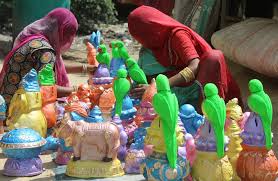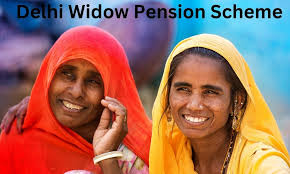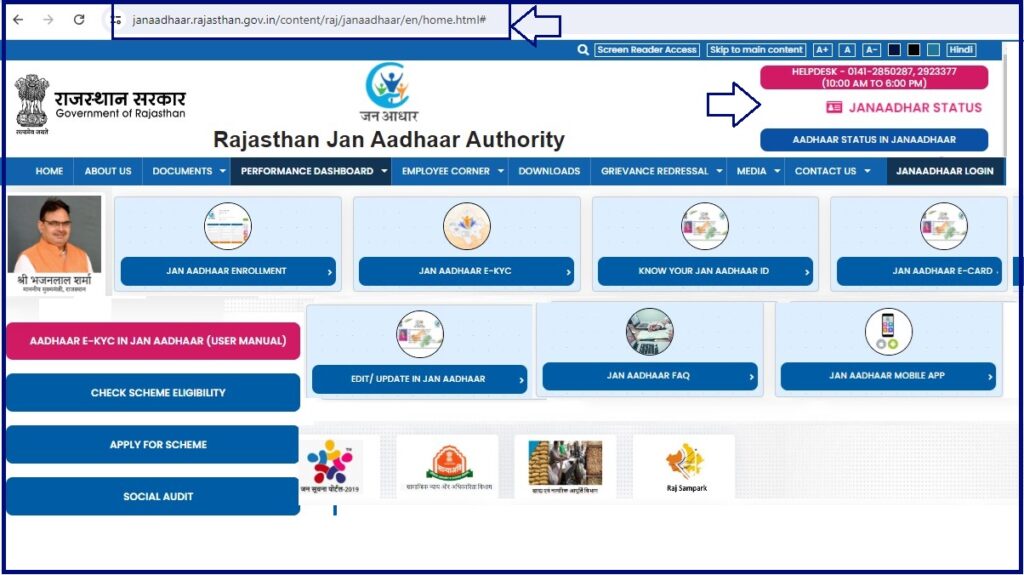information of urban development and housing department scheme
The Ministry of Housing and Urban Affairs (MoHUA) is a ministry of the Government of India with executive authority over the formulation and administration of the rules and regulations and laws relating to the housing and urban development in India. The ministry was under the charge of Venkaiah Naidu and was given to Hardeep Singh Puri when Naidu was elected Vice President of India. The Ministry became independent from the Ministry of Housing and Urban Poverty Alleviation in 2004,but was later re-merged with it in 2017 Major policies Impacting Urban Development in India 74th Amendment to the Constitution This 1992 amendment requires state governments to modify their municipal bylaws to empower Urban Local Bodies to function as institutions of self-governance. However, most Urban Local Bodies suffer from poor institutional frameworks and talent shortages. Moreover, the degree to which decision-making powers have been devolved in practice varies widely from state to state. Right to Fair Compensation and Transparency in Land Acquisition, Rehabilitation and Resettlement Act 2013. This legislation, commenced in 2014, establishes new rules for compensation, resettlement, and rehabilitation to facilitate the smooth functioning of the property market. However, the compensation mechanism for public land acquisition has been criticized as being unfair and unclear, while increasing the incubation time and increasing the overall costs of the project by as much as 5% in some cases. Since enactment, the majority of states have been unable to complete the land acquisition, and the act is currently under review. Pradhan Mantri Awas Yojana – Urban – PMAY(U) The Ministry of Housing and Urban Affairs (MoHUA) introduced the Pradhan Mantri Awas Yojana – Urban (PMAY-U) on 25 June 2015. The initiative aims to provide a pucca house to all eligible urban households by 2022 in order to address the lack of urban housing among the EWS/LIG and MIG categories, which includes those living in slums. The Union Cabinet has decided to extend PMAY(U) till 31 December 2024. Highlights of PMAY Scheme: Subsidized Interest Rate – Enjoy a low 6.50% p.a. interest rate on housing loans for 20 years. Priority for Special Groups – Differently-abled and senior citizens receive preferential ground floor allocations. Eco-Friendly Construction – Sustainable and environmentally conscious technologies utilized in building. Pan-India Coverage – The scheme spans 4041 statutory towns, with initial priority given to 500 Class I cities in 3 phases. Early Credit-Linked Subsidy – Implementation of the credit-linked subsidy begins at the project’s inception, covering all statutory towns in India. Pradhan Mantri Awas Yojana Beneficiaries (PMAY) The beneficiaries under the PMAY scheme can be listed as follows: Beneficiary Annual Income Middle Income Group I (MIG I) Rs.6 lakh to Rs.12 lakh Middle Income Group I (MIG II Rs.12 lakh to Rs.18 lakh Lower Income Group (LIG) Rs.3 lakh to Rs.6 lakh Economically Weaker Section (EWS) Up to Rs.3 lakh Types of PMAY Scheme here are two sub-sections of the PMAY scheme which are divided on the basis of the area on which they focus: Pradhan Mantri Awas Yojana Gramin – The Pradhan Mantri Awas Yojana – Gramin (PMAY-G) was previously known as the Indira Awas Yojana and was christened as PMAY-G in 2016. The scheme is aimed at the provision of affordable and accessible housing units to eligible beneficiaries in rural regions of India (excluding Chandigarh and Delhi). Under this scheme, the Government of India and the respective state governments share the cost of development of housing units in the ratio of 60:40 for plain regions and 90:10 for North-Eastern and hilly regions. Pradhan Mantri Awas Yojana Urban – The Pradhan Mantri Awas Yojana – Urban (PMAYU), as the name suggests, is focussed towards the urban areas in India. At present, there 4,331 towns and cities which are enlisted under this scheme. The scheme is set to function under three different phases: Phase 1: Under Phase 1, the government targeted to cover 100 cities in different states and UTs across the country from April 2015 to March 2017. Phase 2: Under Phase 2, the government targeted to cover 200 more cities in different states and UTs across the country from April 2017 to March 2019. Phase 3: Under Phase 3, the government targeted to cover the cities which have been left out in Phase 1 and Phase 2 and attain the target by the end of December 2024. Pradhan Mantri Awas Yojana (PMAY) Subsidy Calculator Pradhan Mantri Awas Yojana (PMAY) scheme aims to simplify the process of purchasing a home for the urban poor and weaker sections of society through EMIs at reasonable rates of interest. The rate of interest is comparatively much lesser than commercial rates, thus offering people subsidised loans. The total loan amount in rupees The rate of interest The total loan period in months Once the following details are submitted, click on the ‘Calculate’ option. This will give you the monthly installment or EMI payable in rupees. How to Get PMAY Interest Subsidy? Apply for a home loan from any listed lending institution asking for subsidy. The lending institution will review your application and you are eligible, your application will be sent to the Central Nodal Agency. Upon verification, if your application is approved and no discrepancies are found, the Central Nodal Agency will disburse the subsidy amount to the lending institution. This amount will be credited to your account by the lending institution which will lower your total loan amount. You can continue paying the EMIs towards the balance loan amount. FAQs How much time does it take to get the subsidy amount from PMAY? It usually takes around 3 to 4 months for the subsidy amount from PMAY to be credited to the beneficiary. This is subject to the verification process of the government. How long will the PMAY project last? The PMAY project is supposed to last until 2024. But this is the date, which ensures that all the regions in India have beneficiaries, who can avail the scheme. The construction and ultimately the beneficiaries moving in may take longer.
information of urban development and housing department scheme Read More »








